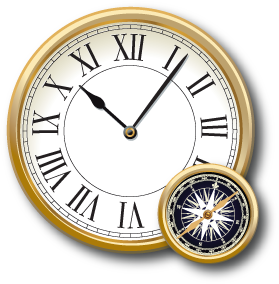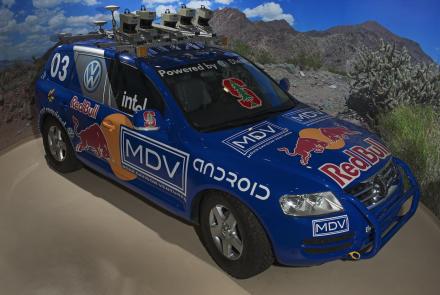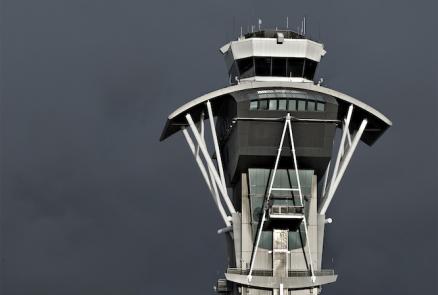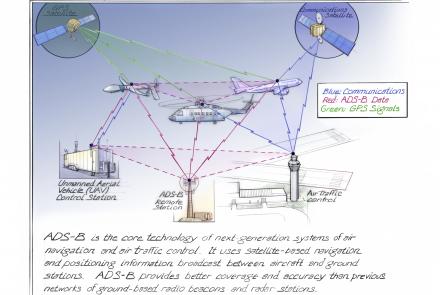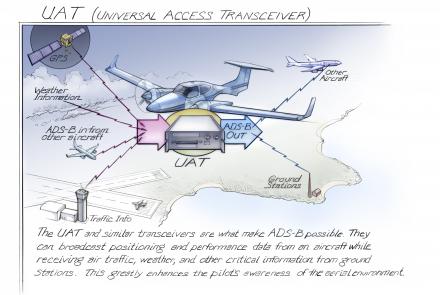How will time and navigation services continue to change?
Global navigation services play an increasingly large role in many aspects of daily life. Opportunities for innovation abound. So do challenges and questions. How can navigation tools remain available? Can we become too dependent on the technology? Who will decide what gets developed? What comes next for time and navigation?
Future Clocks
Innovations in timing technology could improve navigation even further.
To make and run the most accurate clocks today, you need a laboratory. There, atomic clocks can be as big and power-hungry as necessary. But could someone build a tiny, wristwatch-size atomic clock that stays as accurate as its larger clock cousins, yet consumes little power and costs less to build? Researchers are working on just such clocks to back up the atomic clocks in GPS satellites. One day they could be part of every GPS receiver or provide timing for communications of all sorts.
NextGen
A revolution in air traffic control promises safer and more efficient air travel.
In 2003, U.S. aviation agencies joined those of other nations in a program to modernize how global air traffic is managed. Based on satellite positioning, the Next Generation Air Traffic System, or NextGen, is replacing the existing network of ground-based navigation beacons and radar.
Robots on the Road
Satellite navigation systems may one day shape how—and what—you drive.
Researchers around the world are beginning to craft a future where drivers with electronically enhanced cars, buses, and trucks will navigate automated highways. Transportation planners hope to create a highly efficient road system and to foster the technologies to make it happen. Will your next car drive itself?


